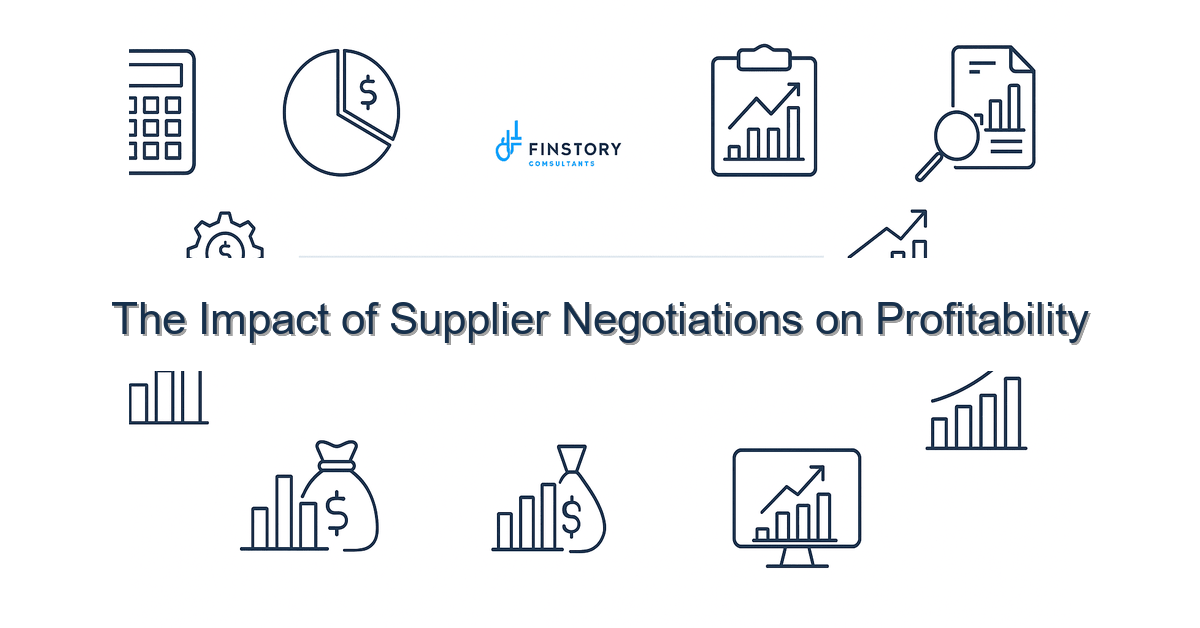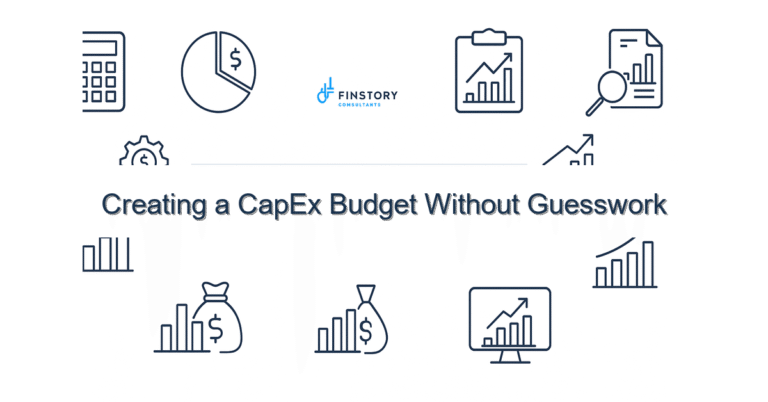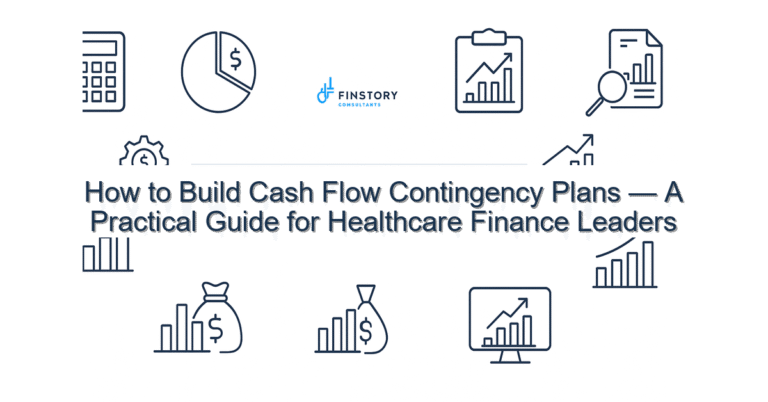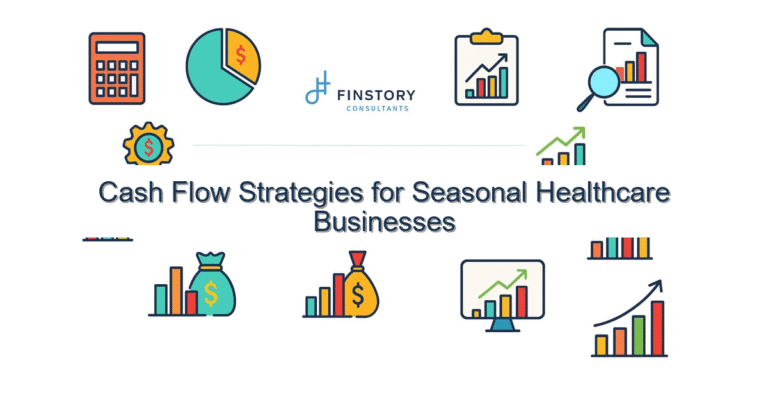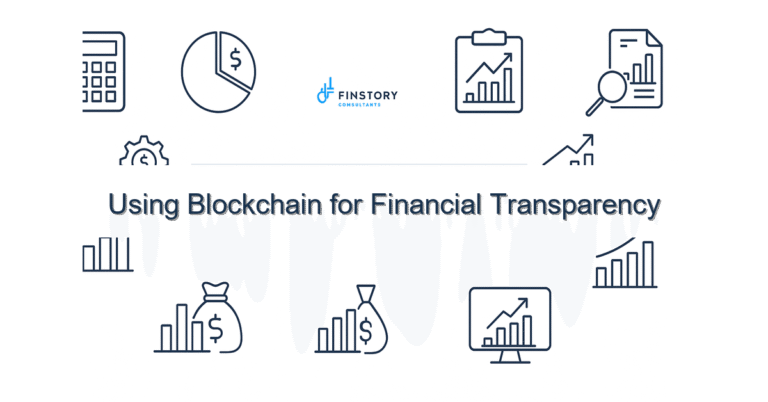The Impact of Supplier Negotiations on Profitability
You know the feeling: budgets squeezed, clinical leaders asking for more, and procurement asking for more time. Supplier negotiations are one of the few levers that translate directly into margin and operational stability—when they’re done right.
Summary: Negotiate with intent. A structured approach to supplier conversations can deliver immediate margin improvement, lower variability in supply costs, and measurable cash benefits—giving healthcare finance leaders clear wins without disrupting care.
What’s the real problem?
At their core, supplier negotiations are a coordination problem disguised as a finance problem. Hospitals and clinics buy thousands of items from hundreds of suppliers. Small rate drift, contract ambiguity, and missed renewal dates compound into meaningful cost leakage.
- Price variability across facilities for the same item makes budgeting unreliable.
- Renewals happen late or under duress, leaving teams to accept bad terms.
- Operational teams buy off-contract for speed, bypassing preferred pricing.
- Procurement data is siloed, so negotiations are based on anecdotes, not facts.
What leaders get wrong
Leaders often approach negotiations as a tactical exercise—find a lower sticker price and move on. That misses the broader economics and risks in healthcare sourcing.
- They focus purely on unit price, ignoring total cost of ownership: shipping, returns, service levels, and clinical fit.
- They treat suppliers as interchangeable, which hurts collaboration on value-based outcomes and innovation.
- They rely on ad-hoc negotiation teams without clear roles—finance, procurement, and clinical voices aren’t aligned.
- They wait for crises to renegotiate, which reduces leverage and increases compliance risk.
A better approach
Negotiations should be a predictable program with data, people, and incentives aligned. Here’s a simple, repeatable framework you can start using today.
- Analyze spend stratified by impact: Segment suppliers into strategic, tactical, and commodity buckets so effort matches opportunity.
- Set clear objectives per supplier: Price reduction, service level guarantees, inventory consignment, or payment term improvement—don’t mix ambiguous goals.
- Run data-driven conversations: Use actual usage, price trends, and variance by site as your baseline—instead of relying on sales reps’ narratives.
- Design contract KPIs and incentives: Put performance metrics into contracts—fill rates, lead times, and chargeback rules matter.
- Close the loop with reporting and governance: Monthly oversight from finance and operations prevents backslide and off-contract buys.
Real-world note: A mid-sized regional health system we worked with prioritized 30 suppliers representing 60% of their non-labor spend. By aligning objectives and demanding usage data, they captured 4% net savings within six months and reduced order variance by 22%—without cutting clinical-desirable items.
Quick implementation checklist
- Run a 90-day spend cleanse: map top 200 SKUs and suppliers by spend and volume.
- Identify 10 suppliers with the highest cost or service impact for immediate review.
- Create one-page negotiation briefs with spend history, sites affected, and desired outcomes.
- Schedule cross-functional negotiation teams: include C-suite, procurement, and a clinician where relevant.
- Ask suppliers for activity-based pricing and evidence of performance (fill rates, returns).
- Propose pilot KPIs and a 6-month performance review clause in contracts.
- Standardize approval rules for off-contract purchases and communicate to clinical teams.
- Set up a weekly dashboard for negotiation progress and risks.
What success looks like
Define outcomes in metrics you track every month. Here are the measurable results leaders should expect:
- Price accuracy: reduction in off-contract price variance to under 2%.
- Cycle time: average contract negotiation time reduced from 90 days to 45 days.
- ROI: realized savings of 2–6% of non-labor spend in year one, with payback within 6–9 months.
- Compliance: off-contract purchase rate reduced by 50%.
- Service: supplier fill-rate improvements to >98% for critical items.
- Cash flow: extended payment terms or early-payment discounts that improve days payable outstanding by 5–10 days.
Risks & how to manage them
Negotiations bring gains, but also risks. Here are the top three and practical mitigations.
- Risk: Clinical pushback on lower-cost products. Mitigation: Run clinical pilots and gather outcome data before scaling.
- Risk: Supplier retaliation or supply disruption. Mitigation: Keep dual-sourcing options and include service-level protections in contracts.
- Risk: Over-focus on price causing hidden costs (returns, admin). Mitigation: Model total cost of ownership and include operational leaders in decision-making.
Tools & data
Good negotiations rely on reliable data and repeatable reporting—not spreadsheets spread across inboxes.
- Finance automation platforms to centralize AP, contracts, and spend ledgers.
- Power BI or similar visualization tools to show spend by SKU, site, and supplier in real time.
- Standardized leadership reporting that ties negotiation outcomes to margin and cash KPIs for CFO and the board.
- Contract repositories and simple clause libraries to speed up redlines and legal review.
Next steps
If you want quick traction, start with a pilot: pick a high-spend category, run the framework above, and measure monthly. It’s surprising how much insight a single clean dashboard and a small cross-functional team can unlock.
When you’re ready to scale, bring in expert support to map supplier landscapes, implement analytics, and build negotiation playbooks that stick. That’s where you move from one-off wins to sustained margin improvement.
Ready to see what this looks like in your organization? Contact Finstory for a short diagnostic—no obligation, practical next steps, and a timeline you can live with.
Work with Finstory. If you want this done right—tailored to your operations—we’ll map the process, stand up the dashboards, and train your team. Let’s talk about your goals.
📞 Ready to take the next step?
Book a 20-min call with our experts and see how we can help your team move faster.
Prefer email or phone? Write to info@finstory.net
or call +91 44-45811170.
